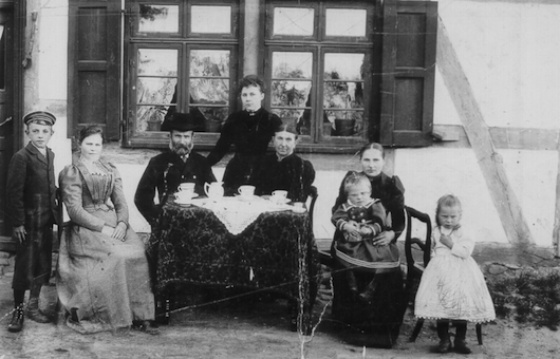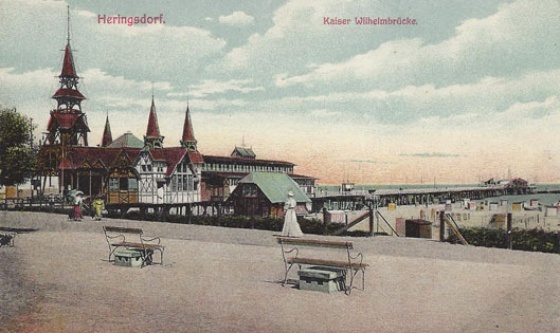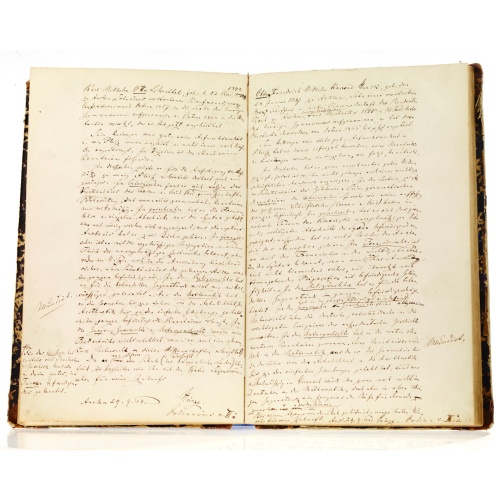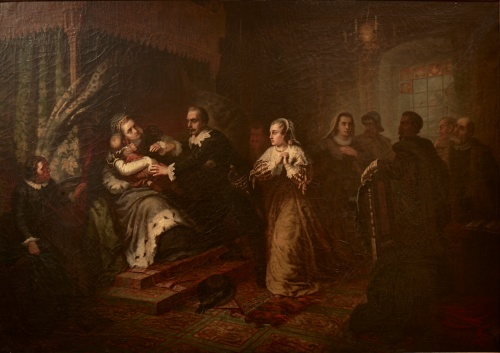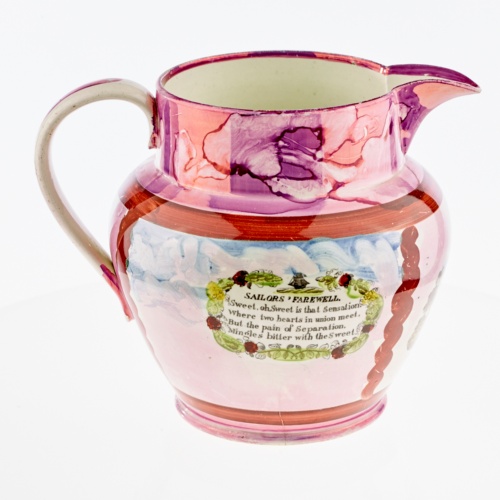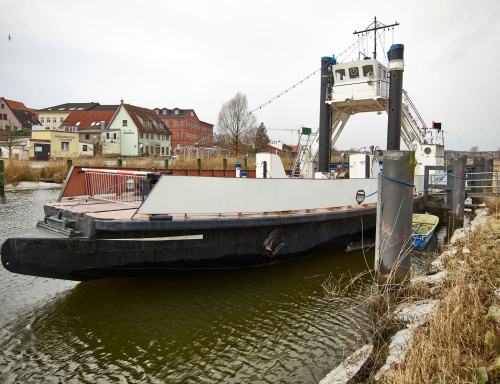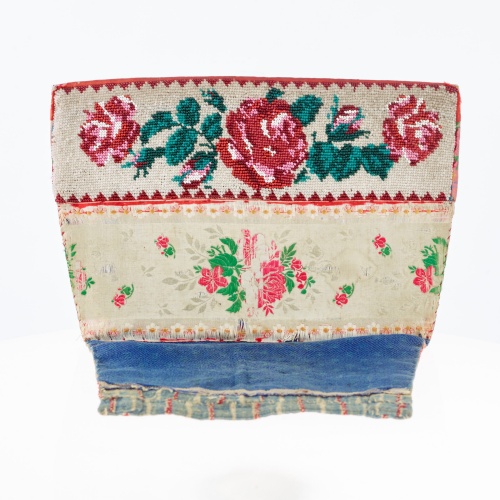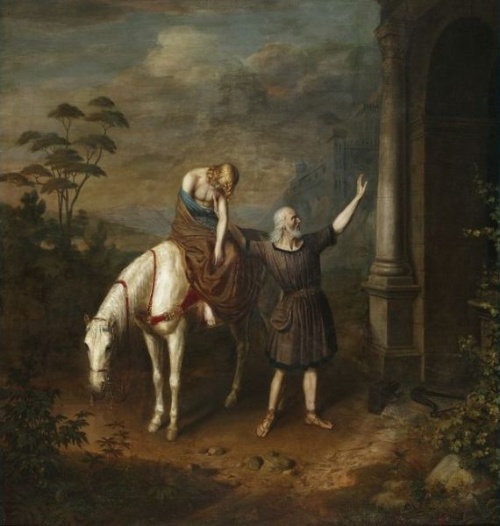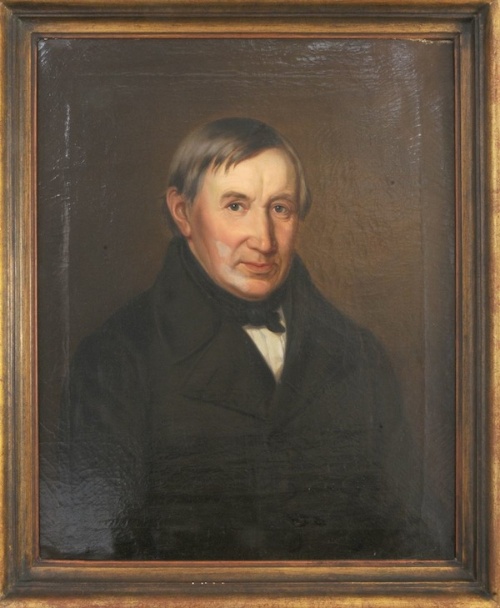William of Preussen is crowned in 1861, he becomes German Emperor in 1871. He is succeeded by his son Frederick III. (1831-1888), the '99-day Emperor'. Wilhelm II. becomes German Emperor after the premature death of his father. Pomerania receives 14 seats on the Imperial Diet in 1871. Reforms of 1875 introduce a county council with a regional parliament, a county committee and the positions of governor or director in Pomerania. Until 1881, the municipal state parliament of New Western Pomerania met in Stralsund and then united with Old Pomerania in Stettin as provincial parliaments. The rural community ordinance of 1891 enshrines the reforms in law.
The University of Greifswald becomes a modern hub of research in the fields of medicine, law, theology and philology. Szczecin is expanded as a grammar school location. Catholic schools are established. In 1860, a school for helmsmen is set up in Barth.
The North German Confederation abolishes compulsory membership of guilds. Shipping prospers. The port in Barth is enlarged. Sugar factories are built by the landed gentry. By 1897 ten new foundries are built in Torgelow. Stettin becomes an industrial centre. The railway network is nationalised in 1879. Swinemünde stagnates as a port town after 1880, as ocean-going vessels use the 'Kaiserfahrt' canal to berth directly in Stettin. The Berlin-Swinemünde route and the 'Northern Line' to Stralsund attract tourists. A railway station has been built in each county town by 1897. In Stralsund, Demmin, Greifswald and Pasewalk, barracks are built for the Prussian troops there. 63 brick factories are established on Ueckermünder Heath by 1900. Sassnitz becomes the centre of the chalk industry. 17 mining companies form a cartel in 1899.
Artists form colonies of plein air painters; the Ahrenshoop colony achieves great importance. The islands of Pomerania became resorts for artists and bathers.
In Pomerania, the number of farms decreases. About 243,000 Pomeranians immigrate to America. The rural population decreases by about 20%. The estate owners intensify agriculture and livestock. The province becomes the largest German potato producer. Its potato cultivation has an international reputation. New Western Pomerania has the richest soil in the province. Foreign seasonal workers compensate the shortfall. The situation for the farmers does not improve until 1879, when protective tariffs are imposed and state subsidies provided. New machinery for mowing and other tasks also helps.
The invalidity and pensions' insurance society is founded 1890 in Stettin. Work on Sundays is outlawed in 1891. Industrial expansion leads to the emergence of a proletariat. Workers, craftsmen and the educated middle-class got together in sports, singing or workers’ educational associations.
The Pomeranian Evangelical Church is divided into 56 districts. Numerous new churches are built. Old Lutherans live in Cammin and Slupsk. The new synagogue with space for 1,700 believers opens 1875 in Stettin. There are Catholic congregations in Stettin, Stralsund, Stargard, Greifswald, Bergen and Pasewalk.
